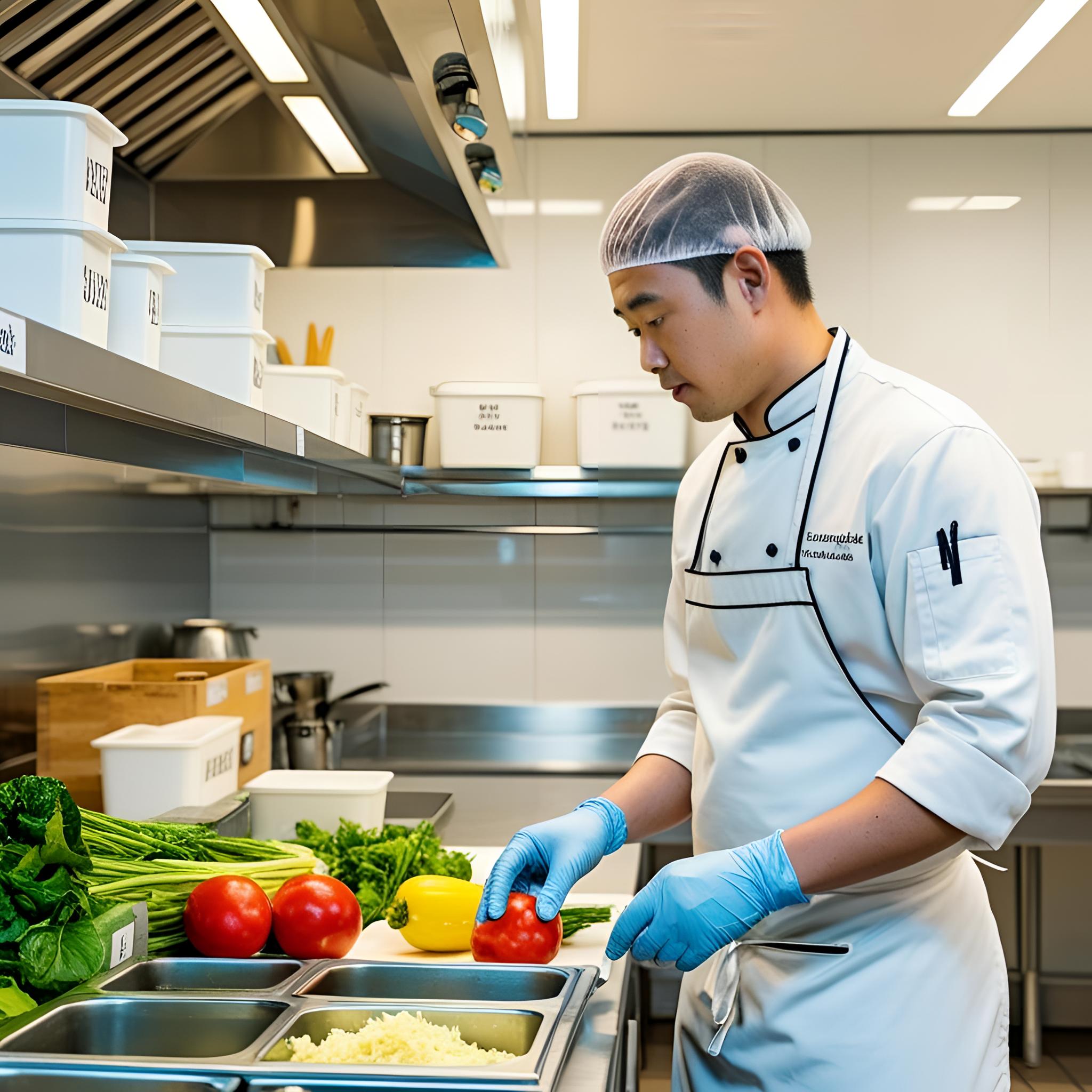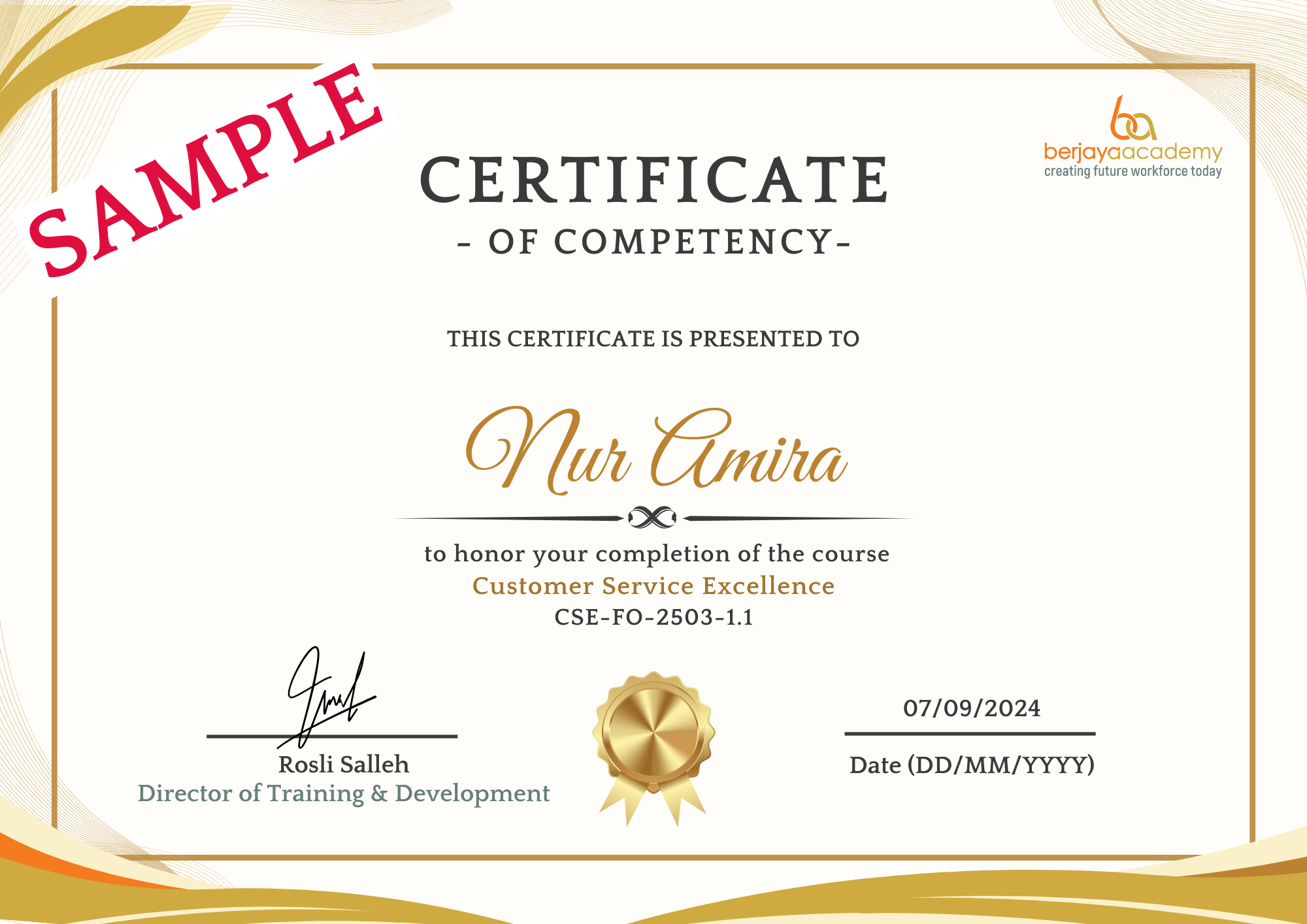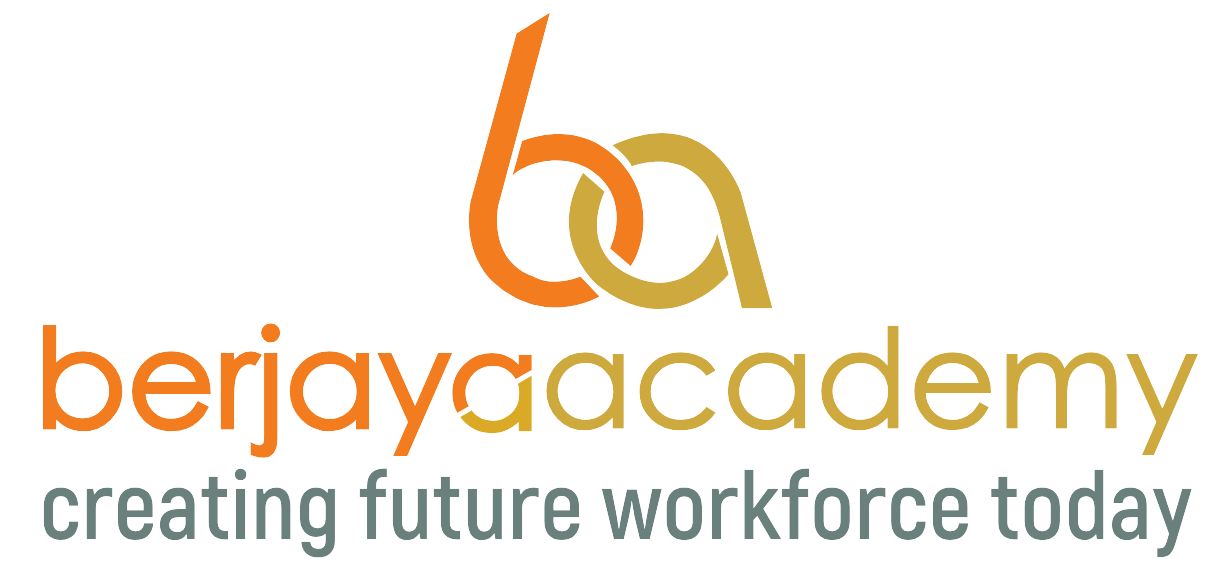
Course Details
Course Title: Workplace Safety and Health (WSH) for Kitchen Staff
Course Code: WSH-KS-2503-1.1
Course Accreditation
Accreditation Type: Certificate of Competency
Course Duration
Total Course Hours: 8 hours (1 day)
Course Fee
Total Course Fee: S$180/pax
Funding Available (If Applicable):
- Training Industry Professionals in Tourism (TIP-iT)
- NTUC Company Training Committee (CTC) Grant
Summary
Topics:
- Identifying common kitchen hazards (slippery floors, sharp objects, hot surfaces).
- Identifying common kitchen hazards (slippery floors, sharp objects, hot surfaces).
- Proper use of personal protective equipment (PPE).
- Emergency response to burns, cuts, and spills.
- Ergonomic practices to prevent injuries


Learning Objectives for Workplace Safety and Health (WSH) for Kitchen Staff
By the end of this course, participants will be able to:
- Identify common kitchen hazards including slippery floors, sharp objects, and hot surfaces, and demonstrate awareness of how to prevent accidents related to these hazards.
- Understand the proper use of Personal Protective Equipment (PPE) in the kitchen environment and demonstrate how to correctly wear and maintain PPE.
- Respond effectively to emergency situations, such as burns, cuts, and spills, by following the correct first aid procedures.
- Implement ergonomic practices to reduce the risk of injuries associated with repetitive tasks, awkward postures, and heavy lifting in the kitchen environment.
Learning Units for Workplace Safety and Health (WSH) for Kitchen Staff
Unit 1: Identifying Common Kitchen Hazards
- Objective: Identify and assess common kitchen hazards that could lead to accidents or injuries.
- Content:
- Types of hazards in the kitchen (e.g., slippery floors, sharp objects, hot surfaces).
- Common causes of accidents and injuries in the kitchen.
- Preventive measures to reduce hazards (e.g., non-slip mats, proper storage of knives, use of oven mitts).
Unit 2: Proper Use of Personal Protective Equipment (PPE)
- Objective: Understand the importance of PPE in the kitchen and demonstrate correct usage.
- Content:
- Overview of PPE (gloves, aprons, non-slip shoes, goggles, etc.).
- When and how to use specific PPE for various kitchen tasks.
- Maintenance and inspection of PPE.
Unit 3: Emergency Response to Burns, Cuts, and Spills
- Objective: Equip participants with the knowledge and skills to respond to common kitchen emergencies.
- Content:
- First aid for burns (e.g., cool the burn, cover with a sterile bandage).
- First aid for cuts (e.g., clean the wound, apply pressure to stop bleeding).
- Steps for dealing with spills and slipping hazards (e.g., immediate cleanup, alerting others).
Unit 4: Ergonomic Practices to Prevent Injuries
- Objective: Apply ergonomic principles to reduce physical strain and prevent injuries in the kitchen.
- Content:
- Importance of proper posture, lifting techniques, and workspace setup.
- Stretching and movement practices to minimize strain during kitchen tasks.
- Tools and equipment that support ergonomic safety.
